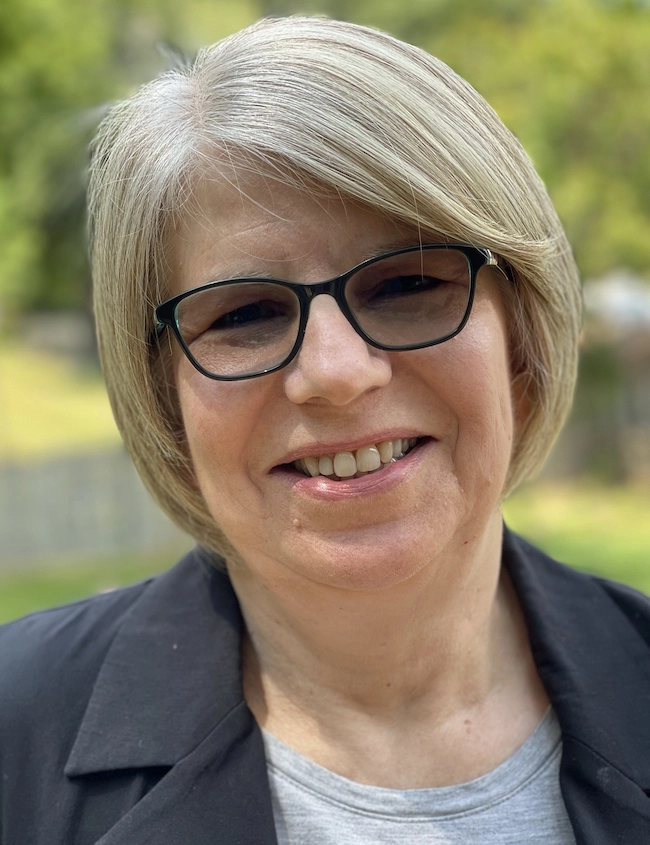Tag
diversity
-
•
Study highlights significance of representation in medical school: Why this research matters to reporters
Throughout my reporting of the pandemic, I’ve made an explicit effort to interview many more women than men, especially women…

-
Finding diverse sources for your COVID-19 reporting
News organizations continue to grapple with ways to include in their stories more COVID-19 experts from underrepresented racial and ethnic…

-
Leading medical journal commits to greater diversity. Will others follow?
One of the oldest and most influential medical journals in the world is The Lancet. Based in the UK, the…

-
•
Diversifying your sources can improve your reporting
It’s an easy trap to fall into: call the hospital public relations department and ask to speak with an authority…

-
Hispanic health care leaders advocate for better cultural competency
Language and cultural barriers negatively impact the health of Hispanic Americans, federal health officials say. A lack of access to…

-
New tip sheet offers assistance in covering LGBT aging issues
Covering LGBT aging can be an exercise in frustration for journalists. Though more older adults are living openly as LGBT…

-
•
AHCJ mourns journalist Dori J. Maynard
AHCJ laments the passing of Dori J. Maynard, longtime journalist and president of the Robert C. Maynard Institute for Journalism…

-
•
Diverse sources key to richer, more nuanced stories
New America Media (NAM) just posted the 400th article on its Ethnic Elders Newsbeat page since we started it in late…

-
•
‘Diversity gap’ could hinder support for baby boomers
We’ve all heard about the generation gap, a term that refers loosely to different expectations, experiences, tastes and pursuits that…

-
•
Guide focuses on diversity in services for the aging
This is a guest post by independent journalist Eileen Beal, that she wrote at my invitation. Don’t let the title…





